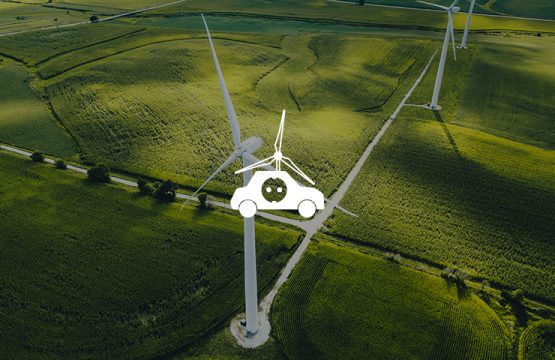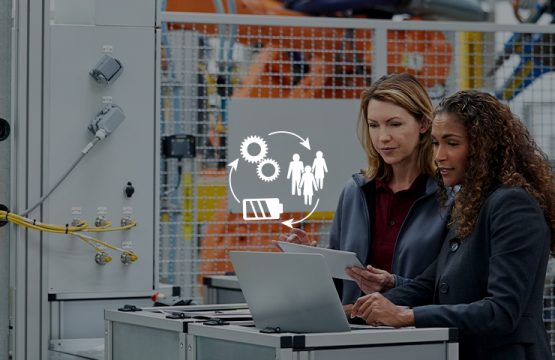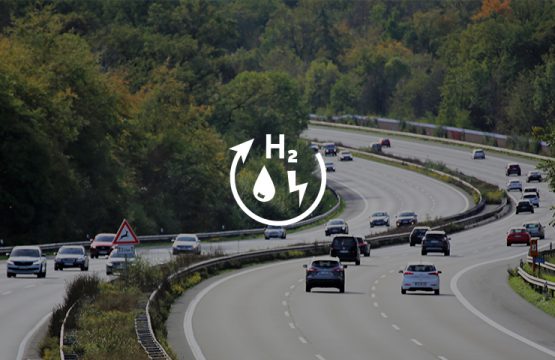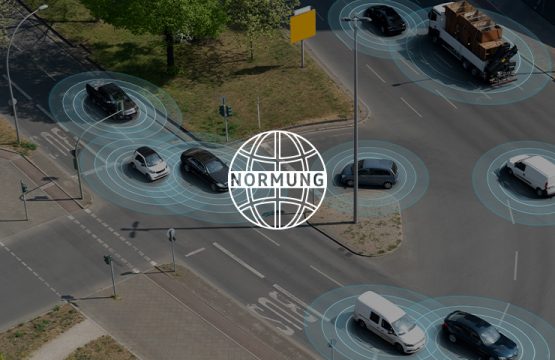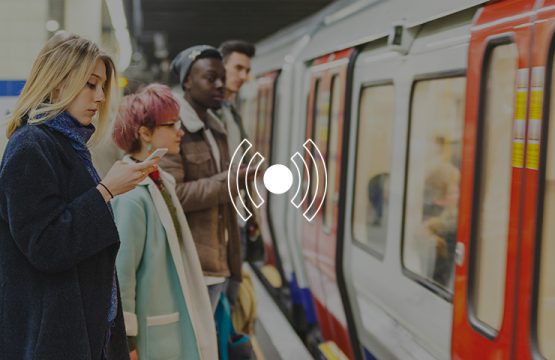The technology roadmap drawn up by Working Group 2 Alternative drive technologies and fuels for sustainable mobility is looking at the development prospects of alternative drive technologies and fuels for each of the individual modes of transport. Today’s report contains recommendations for action, risks and opportunities regarding the market ramp-up of cars, technology options for light and heavy commercial vehicles and scenarios for the development of regenerative fuels. Not only do the recommendations for action take into account the potential for reducing CO2 emissions offered by the individual technology options, but also their level of development, market maturity as well as the expected availability and user costs.
The technology options in question are battery-, overhead-line- and fuel cell-electric mobility as well as biomass- and electricity-based fuels. The most important aim of the roadmap is to provide recommendations for action that enhance one another. All of the above technologies have the potential to reduce greenhouse gas emissions from transport. However, further steps are necessary, such as funding and suitable framework conditions, in order to promote the technologies for the specific transport application depending on their current state of development. Only in this way will we succeed in contributing towards CO2 reduction from transport by 2030 and beyond.
Cars and light commercial vehicles
Battery-electric vehicles are the most advanced technology, which means they will be playing a key role in drive technology transformation in cars. WG 2 has defined target ranges for the market ramp-up of xEV (battery-electric and plug-in hybrid vehicles). In this way, progress in switching drive technology can be continuously monitored, and measures can be adjusted in a timely manner if necessary. For 2024, there is a corridor of 2.8 to 3.2 million cumulative new registrations of xEV, for 2028, 6.5 to 7.8 million xEV are required, and for 2030, WG 2 arrived at a figure of 10.5 to 11.8 million cumulative new registrations. Existing measures, such as the environmental bonus or the innovation premium for electric vehicles, need to be continuously reviewed against checkpoints and amended if necessary, in order to realise the ramp-up in light of the targets for 2030. The number of xEV on the roads, the development and operation of the charging infrastructure, the availability of fuel cell electric vehicles and the hydrogen infrastructure are all key criteria for these checks. It is also necessary to develop benchmarks for light commercial vehicles and to support the xEV ramp-up in this segment by regulatory means and via incentives. Fast electrification of cars and light commercial vehicles, and the expansion of charging infrastructure for cars and lorries are key. Additionally, the ramp-up of electric vehicles goes hand in hand with a second-hand market for xEV; effective measures need to be developed for the successful establishment of second-hand xEV in the German market.
Heavy commercial vehicles
In the commercial vehicle sector, the climate goals can be reached in the short and medium term with the help of battery-electric commercial vehicles, fuel cell commercial vehicles, overhead line lorries as well as alternative fuels including natural gas (LNG/CNG) and other sustainable fuels. Differently from the car sector, where battery-electric vehicles are the most advanced technology, there are various assessments as to the further development of drive technology and fuel options for heavy commercial vehicles. Nevertheless, the existing potential of purely electric lorry drive technology needs to be leveraged in the coming years.
Biofuels and e-fuels for road transport, aviation and shipping
Different scenarios were developed for e-fuels and biofuels, particularly as there is a wide range of differing evaluations and positions for the use of electricity-based and biofuels. All of these scenarios, even the most ambitious one, are achievable provided the relevant measures are implemented. Advanced biofuels will be playing a particularly important role until 2030. E-fuels offer a significant potential for lowering CO2 in the long run. In terms of advanced biofuels, large industrial plants should be funded and developed, and sustainability certification should be revised. The same applies to e-fuels whereby renewable electricity sources for hydrogen electrolysis need to be expanded. In order to achieve higher mixing ratios, the compatibility of combustion engine drive systems with alternative fuels should be made use of and increased.
In aviation and shipping, alternative fuels contribute to lowering emissions. This also requires demonstration plants as well as the creation of a political framework in order to scale up alternative fuels in aviation and shipping in a targeted way.
The report is available to download on www.plattform-zukunft-mobilitaet.de (in German).
About NPM – National Platform Future of Mobility
The National Platform Future of Mobility brings together experts in the fields of politics, the private sector, associations, research institutes and NGOs to develop visions for sustainable, environment- and climate-friendly, affordable and competitive mobility in Germany. Presided by Prof. Dr. Henning Kagermann, six working groups develop intermodal guidance for politicians, businesses and society in a technologically-neutral way.
Contact:
Alexandra Huß
Communication advisor
Office of the Chairman of National Platform Future of Mobility
huss@acatech.de
+49 (0)30 / 206 30 96 86
+49 (0)160 / 714 93 25

